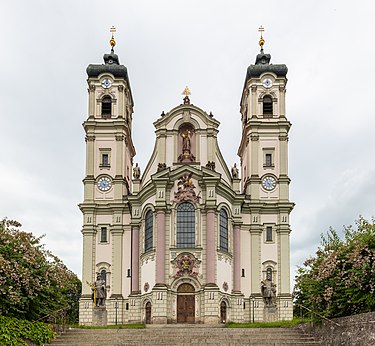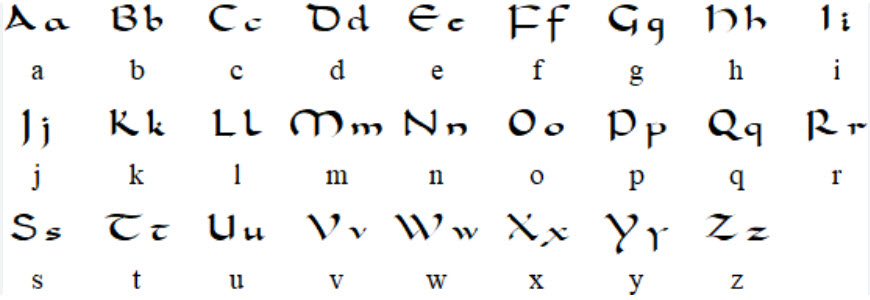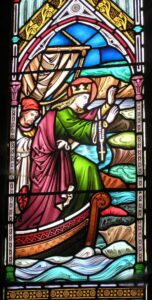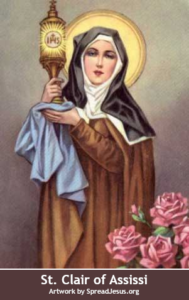Changes During the Late 8th and 9th Centuries:

The Carolingian Renaissance was a period of cultural revival in Europe during the late 8th and 9th centuries. It was led by Charlemagne, the King of the Franks and Holy Roman Emperor, who sought to revive the learning and culture of the Roman Empire.
During the Carolingian Renaissance, there was a renewed interest in classical literature, philosophy, and science. Manuscripts were copied and preserved, usually by monks, and new schools were founded.
 Carolingian minuscule or Caroline minuscule is a script which developed as a calligraphic standard in the medieval European period so that the Latin alphabet of Jerome's Vulgate Bible could be easily recognized by the literate class from one region to another. It is thought to have originated before AD 778 at the scriptorium of the Benedictine monks of Corbie Abbey, about 150 km (93 mi) north of Paris, and then developed by Alcuin of York for wide use in the Carolingian Renaissance
Carolingian minuscule or Caroline minuscule is a script which developed as a calligraphic standard in the medieval European period so that the Latin alphabet of Jerome's Vulgate Bible could be easily recognized by the literate class from one region to another. It is thought to have originated before AD 778 at the scriptorium of the Benedictine monks of Corbie Abbey, about 150 km (93 mi) north of Paris, and then developed by Alcuin of York for wide use in the Carolingian Renaissance
 The Carolingian Renaissance also saw a flowering of art and architecture. New churches and palaces were built, and illuminated manuscripts were produced. Carolingian art was characterized by its use of geometric shapes, bright colors, and intricate designs.
The Carolingian Renaissance also saw a flowering of art and architecture. New churches and palaces were built, and illuminated manuscripts were produced. Carolingian art was characterized by its use of geometric shapes, bright colors, and intricate designs.
The Carolingian Renaissance had a lasting impact on European culture. It helped to preserve classical knowledge and to lay the foundations for the Renaissance of the 14th and 15th centuries.
Below is a List of Specific Events During the Carolingian Renaissance:
- Charlemagne founded the Palace School at Aachen, which became a center of learning and culture.
- Alcuin of York, a renowned scholar, was invited to the Palace School by Charlemagne. Alcuin helped to revive classical learning and to standardize the curriculum of the schools.
- The Carolingian minuscule script was developed during this period. This script was clear, elegant, and easy to read, and it became the standard script for manuscripts throughout Europe.
- New churches and palaces were built in the Carolingian style. These buildings were characterized by their use of geometric shapes, bright colors, and intricate designs.
- Illuminated manuscripts were produced during this period. These manuscripts were decorated with beautiful illustrations and calligraphy.
Carolingian scholars translated classical works into Latin, making them more accessible to scholars and students. - Carolingian scholars wrote new works on a variety of subjects, including history, philosophy, and science.
- The Carolingian Renaissance was a time of great cultural and intellectual achievement. It helped to preserve classical learning and to lay the foundations for the Renaissance of the 14th and 15th centuries.

